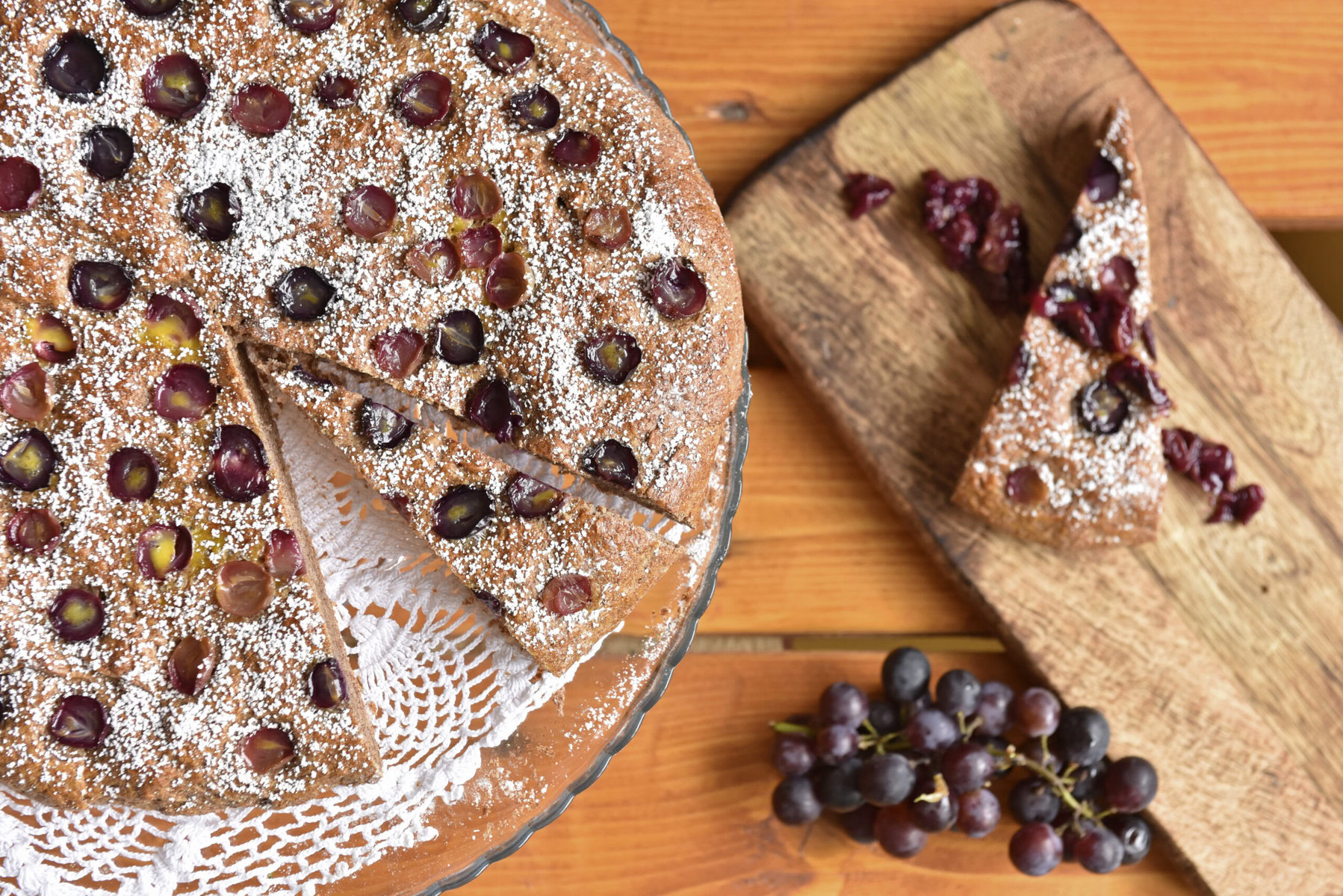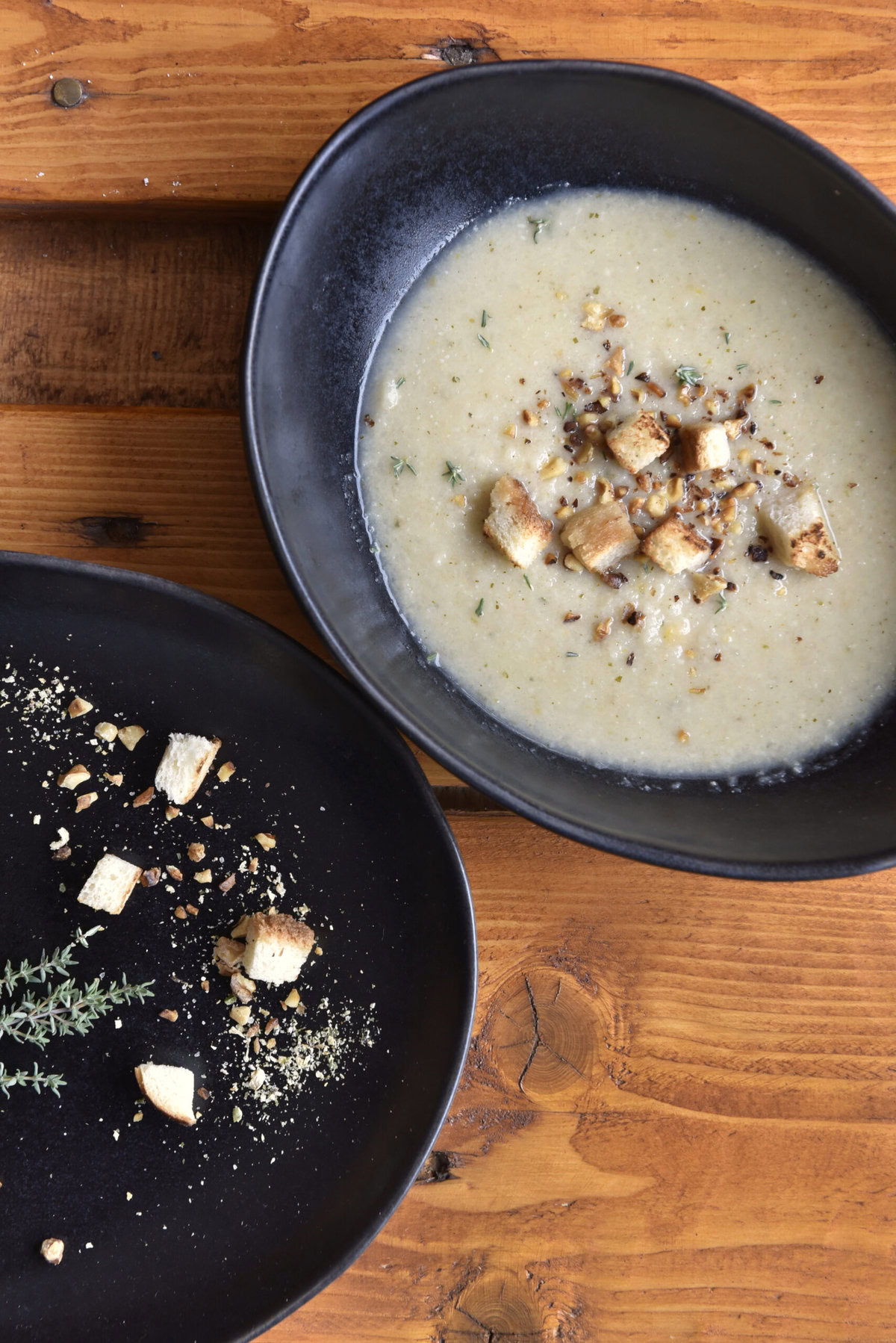This was always the idea, explains Peljhan. She wants everyone to relearn the importance of cooking seasonal, regional food, but after launching a recipe website and holding workshops in schools, she soon realized that school-aged children would be her most receptive and effective messengers. “Learning is not a one-way street, it goes in all directions. The kids teach their parents, but they also teach the school cooks, because they bring in new recipes and think about making them better, modern, more appealing. You don’t have to cook a vegetable soup for two hours, for example,” says Peljhan. She launched the project in 2011 in the form of annual regional cooking competitions, and started working directly with primary schools in 2016, funded by the Ministry of Health and the food retail chain SPAR. This year, 196 primary schools are participating in the project, either directly or through regional Centers for School and Outdoor Education, with a total of 7,900 children currently participating. Over 40,000 children have taken part in the project since 2016, an impressive number for a country of only two million inhabitants.
Crushed by negative news?
Sign up for the Reasons to be Cheerful newsletter.
For teachers, the project offers an opportunity to give their students life skills that go beyond chopping vegetables and boiling potatoes. “The kids are connected, they know how to organize themselves, how to work in a group, how to communicate and accept each other’s opinions … this is also showing in other areas,” says Pintar. She’s been participating in the project for over 10 years, and some of her students have gone on to train as chefs. “I love how willing they are to try new foods. The others see them and it spreads quickly,” she says. “But for me the most important part is that we’re reviving recipes that would otherwise be forgotten. Now they know them, and they’re passing them on.”

Each year Peljhan gathers some of the recipes in a cookbook, and an English-language version has been produced by the Government Communication Office. Children participating in Kuhnapato have cooked at Slovene diplomatic events in Washington, London and Brussels, as well as at state functions in Slovenia. Despite all this, Peljhan still wishes there were more ongoing support for the project: “Everyone’s happy to jump on the bandwagon for a photo op or a marketing product, but there hasn’t been any interest in more cooperation from the various ministries. This year we’re drastically underfunded again, because the numbers stay the same while all the prices have gone up.”


She would also like to help other countries replicate the project. A number of initiatives across Europe have identified school lunches as an important lever in changing attitudes towards food and improving the school system’s environmental impact, but limit themselves to specific areas, like teaching children to cook, training school cooks to create healthy, sustainable meals and creating food procurement systems that prioritize regional and seasonal ingredients. Kuhnapato combines these with cultural education and intergenerational communication, while remaining flexible enough to fit seamlessly into different contexts.
The project’s guiding principle — schoolchildren cooking healthy traditional meals for their peers — takes many different forms, depending on the school’s resources and the students’ needs. At Danila Kumar International School, a public school in Ljubljana with pupils from over 30 nationalities, students don’t prepare lunch for the entire school — with over 1,000 mouths to feed that would be impossible — but instead cook smaller meals in their home economics classroom. There’s a wide range of attitudes towards cooking and food among the international students who join the project, so teacher Katarina Čepič focuses on basic cooking skills. “I also teach them about the shelf life of various foods, so they know what produce can still be used past its prime, that dairy products are good to eat as long as our senses tell us so,” she says. “They always go around the classrooms to collect leftover fruit to cook with, so we don’t create waste.” She takes the kids foraging for dandelion greens and wild garlic — a popular Slovene pastime in spring — and teaches them how to reuse leftovers in new recipes. “They learn to respect food because it is a living thing, not just something you buy and then throw away,” says Čepič.


